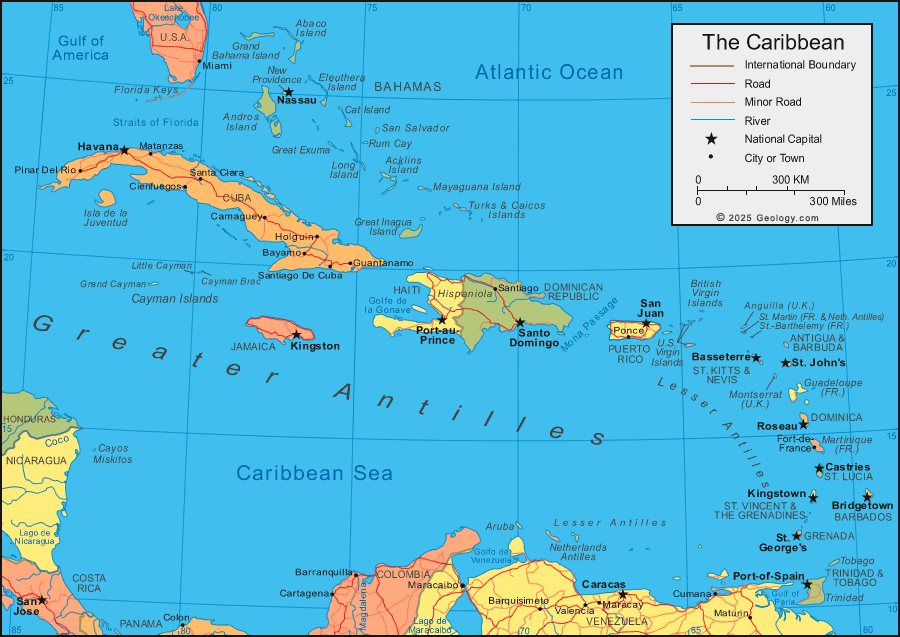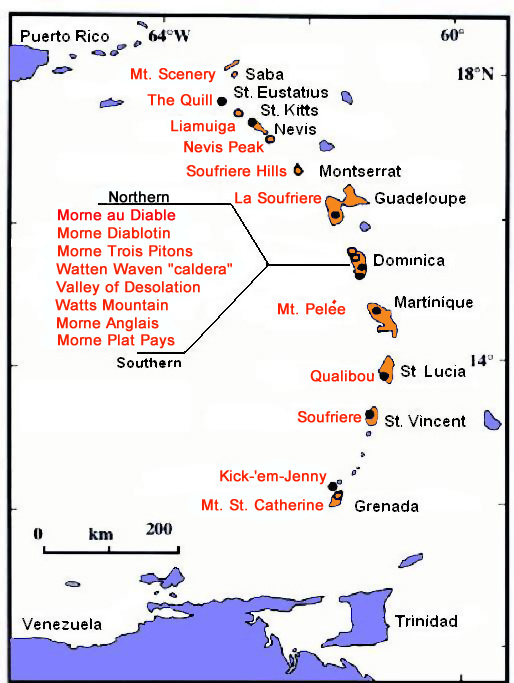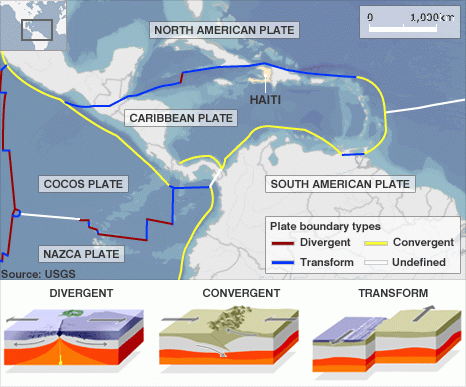The second largest island in the Caribbean, located in-between
Puerto Rico and Cuba lies the island of Hispaniola, an island that the Republic
of Haiti shares with the Dominican Republic. These two countries however could
not be more opposite each other, as Haiti struggles with being the poorest
country in the western hemisphere, meanwhile the DR continues to be prosperous
and thriving. Not only are Haiti’s problem political and economic, but geographical
as well. To begin, the mountains that lay across the island can cut off Haiti’s
rainfall, and trade winds blow in the DR’s favor. This in combination with a
long history of exploitation by powers both foreign and domestic, has left the
country not only in poverty, but in a vulnerable position as it is unable to
deal with the many natural hazards the country of Haiti faces. Every year millions
of dollars are spent in humanitarian support of this country, as almost every
year the country is exposed to a natural hazard turned natural disaster as the
country has almost no basic infrastructure to protect itself. There are two
types of natural hazards I believe are main cause of the country’s inability to
bounce back, and if remedied the correct way, would provide enough breathing
room for the Republic of Haiti to possibly become self-sustaining once again.
The
first of Haiti’s natural hazards that absolutely needs to be remedied is the
mass soil erosion encompassing the republic. Soil erosion is defined three ways: 1) the
grain by grain removal of mineral and organic material by wind or water; 2) removal
of soil material at a rate faster than it can be produced; 3) removal of soil at
an unacceptable rate. All of which happened to the forests on Haiti’s side of the
island. 98% of the forests are gone and the soil quality with it. With its high
population density living in degraded land areas, it has reached a point where
Haitians cannot support themselves using their own land, and import most goods necessary
for life. Beyond all the agricultural problems this creates, this causes other
natural hazards to heighten. Floods are second most dangerous natural hazard. Together
they cause mass wasting caused by tropical storms, and the high rainfall
amounts become deadly since there are no trees to stop or slow waterflow. Also
missing is the proper drainage from sewer systems as only 25 percent of living
quarters contain any form. With the island being battered constantly by hurricanes,
it would make sense for me to choose that as one of them, but the severity of the
storms isn’t what cause so much destruction. The country’s lack of a way to deal
with the rainfall that accompanies storms is what is affecting it. With the two
dollars a day the people of Haiti make on average, and no building codes to follow,
the odds of them building something that can survive a hurricane are slim to none.
How
does one even start to help a country so vulnerable? I recommend the complete banning
of burning charcoal as an energy source. Although it accounts for more than 85%
of the energy produced in Haiti, it simply cannot be allowed if the country is
ever to recover from the strain deforestation has placed upon its soil. The U.S.
Agency for International Development has planted more than sixty million trees
in the past twenty years, but more than ten to twenty million are chopped down
each year to make charcoal. Agroforestry, reforestation efforts, and a complete
switch to alternative forms of energy are a must if we want to begin to address
these hazards of soil erosion and flooding.
As
far saying where we should start, I suggest the area surrounding the highly populated
city of Gonaives, a place where many fled to safety after the 2010 earthquake
that decimated the capital of Port-au-Prince. Gonaives is a disaster area due
to flooding, but I would hope that by adding proper drainage and better soil to
the area, it may possibly better their chances of survival.
Although
it is rough to find a truly safe spot in Haiti, if I were to build my own my
house, it would probably on top of Citadelle Laferriere in Nord, Haiti or on
one of the surrounding mountaintops. It is one of the longest standing
structures in Haiti as it was made for a war that never came, and became a symbol
for Haiti’s independence. It is the only place that sounds relatively safe to
me, as it has withstood the battering of the many natural hazards this country
faces regularly. It is also beautiful, and has views of the landscape on all
three sides of the fortress. There and only there, would I ever consider building
a home of my own.
Sources:








